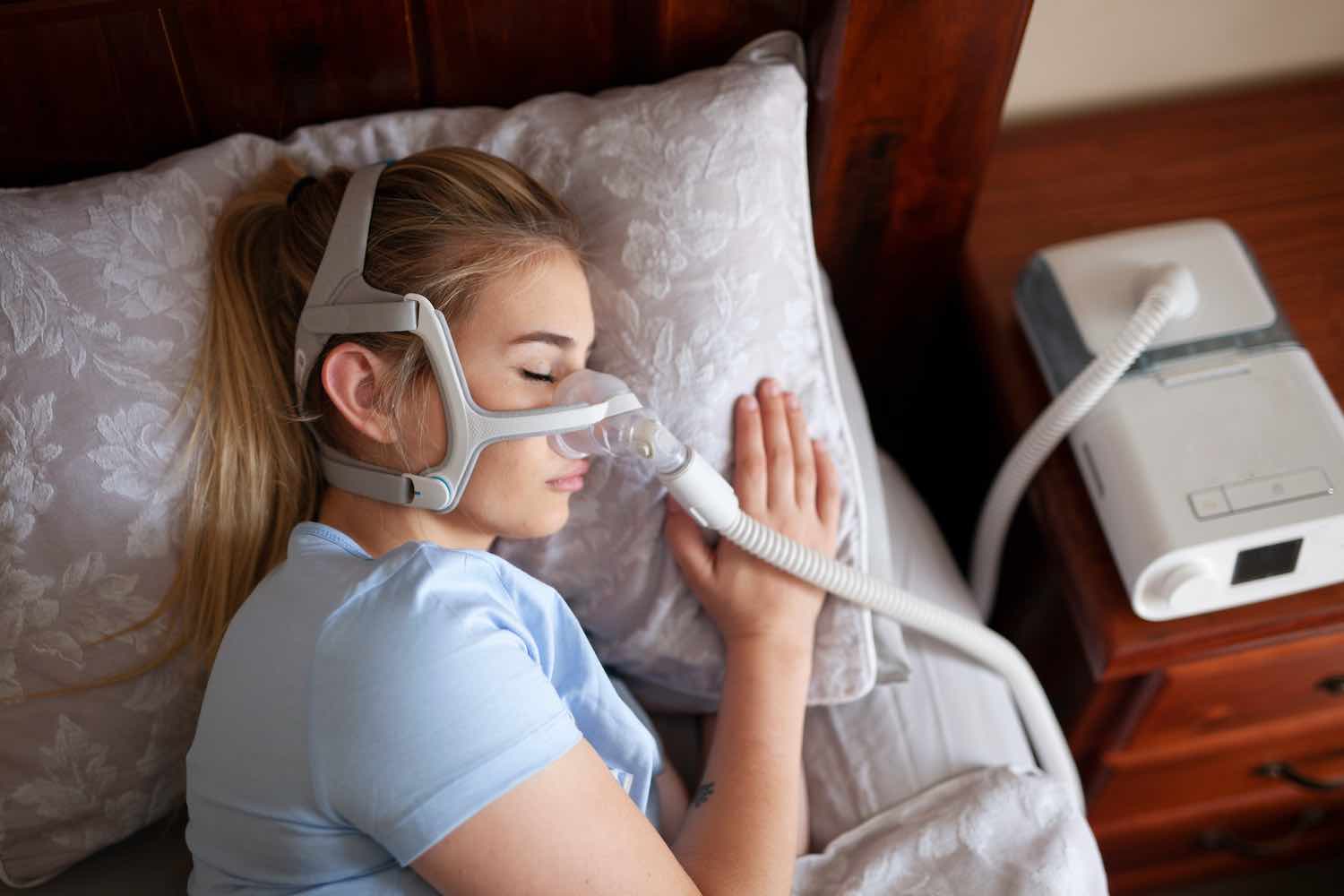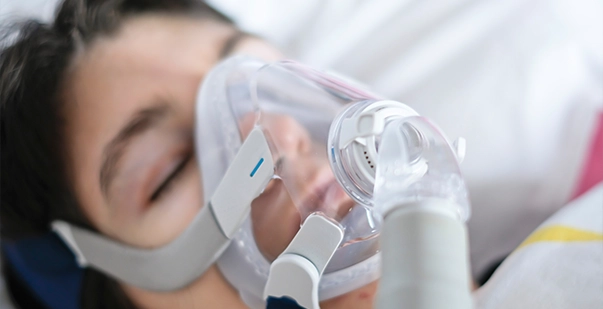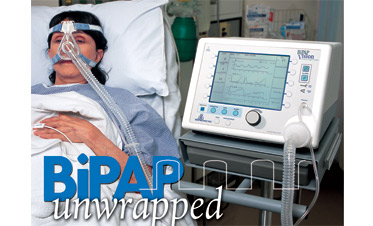BiPAP Rental: A Cost-efficient Different to Acquiring
BiPAP Rental: A Cost-efficient Different to Acquiring
Blog Article
Bipap vs. CPAP: Which Is the Best for Your Rest Disorder?
When navigating the complexities of rest problems, the option between BiPAP and CPAP therapy is a vital consideration. Each modality offers distinct benefits customized to certain conditions, yet the decision rests on specific client needs and convenience degrees. While CPAP offers a steady air movement ideal for obstructive sleep apnea, BiPAP's dual stress settings may improve convenience for those with more detailed respiratory issues. Recognizing these distinctions can considerably affect therapy efficiency, leaving one to consider which option absolutely lines up with their health needs and way of life.
Recognizing Sleep Disorders
Rest disorders include an array of conditions that interfere with normal rest patterns, influencing both the high quality and period of rest. These conditions can show up in various types, including insomnia, rest apnea, narcolepsy, troubled leg syndrome, and parasomnias. Each problem offers unique obstacles, typically bring about significant daytime tiredness, cognitive problems, and psychological disturbances.
Sleeping disorders is identified by difficulty falling or staying asleep, while sleep apnea includes duplicated disturbances in breathing during rest, frequently leading to fragmented rest. Narcolepsy, on the other hand, is marked by excessive daytime sleepiness and unexpected rest strikes. Restless leg syndrome causes unpleasant feelings in the legs, triggering an irrepressible urge to move them, which can also hinder the ability to sleep.
The effect of sleep conditions prolongs beyond private health and wellness, influencing overall productivity, relationships, and high quality of life. Comprehending the particular nature of each condition is vital for efficient medical diagnosis and therapy. As sleep health and wellness becomes progressively recognized as an important component of overall health, addressing these problems is crucial for boosting both rest high quality and day-to-day performance.
Just How CPAP Functions
Constant Positive Respiratory Tract Stress (CPAP) therapy is frequently employed as a key treatment for obstructive sleep apnea (OSA) The mechanism of CPAP entails using a device that delivers a constant stream of air via a mask used during rest. This air flow preserves favorable stress in the air passage, protecting against the collapse or blockage of the throat that can occur throughout sleep.
When a patient inhales, the CPAP maker offers a continual circulation of air, making sure that the air passage continues to be open - BiPAP Rental. This not only reduces the symptoms of OSA, such as snoring and interrupted sleep patterns, however also minimizes the involved wellness dangers, consisting of cardiovascular difficulties and daytime fatigue
The stress setups on a CPAP equipment can be customized to meet private client requirements, often identified with a sleep research study. Generally, CPAP treatment has actually been shown to significantly enhance the high quality of rest and total health and wellness for individuals enduring from obstructive sleep apnea.
How BiPAP Works
BiPAP, or Bilevel Positive Airway Pressure, is a specific type of non-invasive ventilation that is especially helpful for patients with problems such as intricate rest apnea or respiratory system problems. Unlike CPAP, which supplies a continual stream of air at a solitary stress, BiPAP supplies two unique pressure settings: a greater inspiratory stress for breathing and a lower expiratory pressure for exhalation. This dual-pressure approach enables easier breathing, reducing the initiative called for throughout exhalation.
The tool operates via a mask fitted over the nose or mouth, attached to a maker that produces atmospheric pressure. When the patient breathes in, the maker provides the higher stress to help with air flow, ensuring that the respiratory tract continues to be open. Upon exhalation, the maker immediately decreases the pressure, making it extra comfy for the client to breathe out.

Key Differences Between BiPAP and CPAP

On the other hand, BiPAP (Bilevel Favorable Airway Pressure) supplies two different pressure setups: one for breathing and a reduced one for exhalation. This dual pressure system enables more comfy breathing, specifically for patients who deal with breathing out versus a continuous pressure. BiPAP is often suggested for clients with intricate rest apnea, chronic obstructive pulmonary disease (COPD), or those who need added assistance throughout rest.
Moreover, the complexity of BiPAP devices usually leads to a greater expense and needs a lot more mindful titration than CPAP. BiPAP Rental. Recognizing these vital distinctions can assist in identifying which tool might be preferable for specific rest problems, establishing the foundation for educated treatment decisions
Choosing the Right Therapy
How can one determine one of the most ideal treatment for taking care of rest conditions? The decision in between BiPAP and CPAP treatment mainly hinges on the particular characteristics of the sleep problem, the person's general health and wellness, and their comfort with the tool. CPAP, which supplies a constant stream of air, is typically prescribed for obstructive rest apnea (OSA) It keeps an open air passage during rest, successfully stopping apneas and hypopneas.
Conversely, BiPAP supplies two degrees of pressure: one for breathing and a lower one for exhalation. This twin pressure web system is beneficial for individuals with complex rest apnea or those who experience problem exhaling against a continual pressure. In addition, BiPAP is typically recommended for individuals with respiratory system conditions, such as persistent obstructive pulmonary illness (COPD), where differing pressure setups can enhance convenience and conformity.
Ultimately, a thorough examination by a rest specialist, consisting of a rest study, can aid determine which therapy straightens best with the individual's demands. Elements such as convenience, convenience of use, and certain clinical conditions ought to additionally be considered to maximize therapy outcomes.
Final Thought
In recap, both BiPAP and CPAP offer distinctive objectives in the management of sleep disorders. CPAP works for obstructive sleep apnea through constant air flow, while BiPAP provides double pressure settings that enhance convenience for those with complex rest apnea or respiratory issues. The choice in between these therapies ought to be led by private requirements and conditions, necessitating an extensive examination by a sleep professional to make certain optimum therapy results and enhanced quality of sleep.

In general, CPAP therapy has actually been revealed to significantly enhance the top quality of rest and overall health and wellness for people enduring from obstructive rest apnea.
BiPAP is typically advised for patients with complicated rest apnea, persistent obstructive lung condition (COPD), or those that call for extra support during sleep.
CPAP is efficient for obstructive sleep apnea with constant air flow, while BiPAP uses twin stress setups that boost convenience for those with intricate rest apnea or respiratory issues.
Report this page